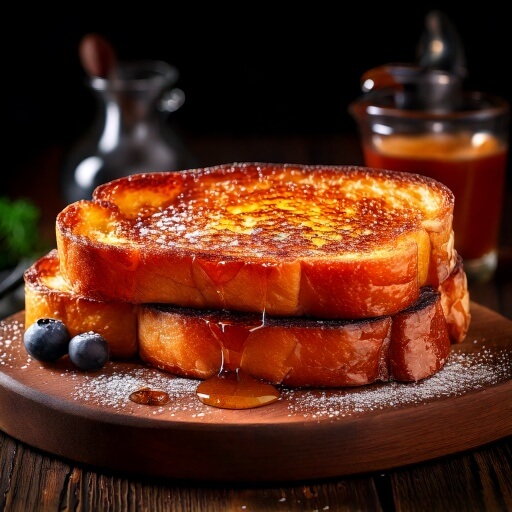Eggs Benedict is believed to have originated in the late 19th century in New York City. One popular story attributes its creation to Lemuel Benedict, a Wall Street broker who, in 1894, ordered a unique breakfast at the Waldorf Hotel. His request for buttered toast, poached eggs, bacon, and hollandaise sauce became a hit, evolving into the dish we know today. Another theory credits Delmonico’s restaurant for its invention. Regardless of its true origins, this classic brunch favorite continues to delight food lovers worldwide.
The key to a flawless Eggs Benedict lies in achieving the perfect poached egg. The water temperature should be just below boiling, ideally between 180°F and 190°F. Adding a splash of vinegar helps the egg whites coagulate faster, resulting in a neater shape. Swirling the water before gently slipping in the egg can further ensure a round and smooth appearance. Timing is essential—about three minutes will yield a silky, runny yolk encased in a delicate white. Practicing this technique ensures restaurant-quality Eggs Benedict every time.
While the traditional Eggs Benedict features Canadian bacon and hollandaise sauce, there are numerous delicious variations to explore. Smoked salmon can replace the bacon in an Eggs Royale, while sautéed spinach and mushrooms make a delightful vegetarian version. For a Southern twist, substitute the English muffin with a biscuit and the Canadian bacon with fried chicken. Experimenting with different sauces, such as béarnaise or avocado hollandaise, can add a unique flair to this timeless brunch favorite.
To keep hollandaise sauce warm, place it in a heatproof bowl over a pot of warm water. Stir occasionally to prevent it from thickening too much. Avoid direct heat, as it can cause the sauce to separate or curdle.
Yes, but it’s best served fresh. You can poach the eggs in advance and store them in cold water. When ready to serve, reheat them briefly in warm water. Hollandaise sauce should also be made fresh to maintain its creamy texture.
Instead of Canadian bacon, you can use crispy bacon, smoked salmon, avocado, or sautéed spinach for a vegetarian option. Some variations even include pulled pork or grilled tomatoes for a unique twist.
Vinegar helps the egg whites coagulate quickly, keeping them together in the water. It prevents the whites from dispersing and creates a more compact and neatly poached egg. Only a small amount is needed to be effective.
Common mistakes include overcooking the eggs, overheating the hollandaise sauce, and not properly toasting the muffins. Using fresh eggs and controlling water temperature helps prevent these issues for a perfect dish.

Golden French toast with crispy edges and soft center. Make this classic breakfast recipe for a sweet satisfying start.

Soft apple cider donuts with warm spices and sweet glaze. Try this cozy homemade recipe for the perfect fall treat.

© 2025 OLIVERSRECIPES.COM - All rights reserved.
The reproduction, in whole or in part, of this website without prior written permission is strictly prohibited.
Developed by MMT